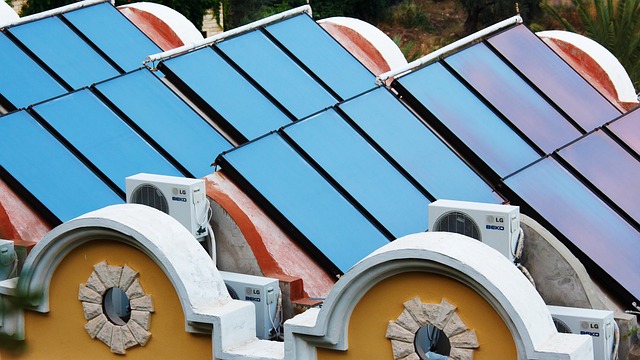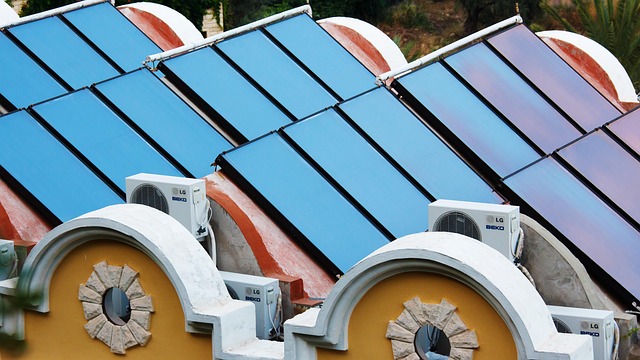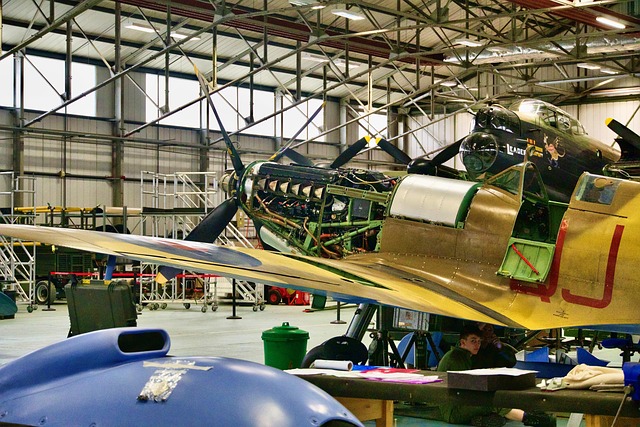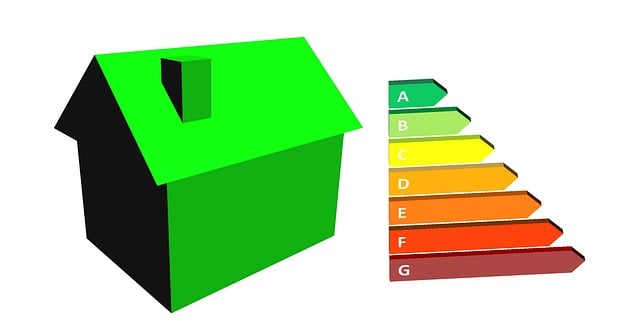Regular plumbing inspections are crucial for maintaining efficient and secure water systems in commercial and industrial settings. By scheduling routine assessments, facility managers can prevent costly repairs and operational disruptions by identifying potential issues early. Professionals inspect pipes, insulation, valves, and fixtures for damage, corrosion, leaks, or suboptimal installation practices, ensuring optimal working conditions, preventing heat loss, maintaining water pressure, and safeguarding against freezing during cold weather. These proactive measures extend the lifespan of the plumbing system and reduce energy costs associated with inefficient piping systems.
Regular plumbing inspections are an essential component of maintaining healthy pipelines. By understanding the importance of routine checks, you can identify potential issues early on, preventing costly repairs and ensuring efficient system operation. This article guides you through the process of assessing pipe insulation during inspections, offering valuable insights into visual inspection techniques, common signs of damage, and key considerations for effective maintenance according to industry standards.
- Understanding the Importance of Regular Plumbing Inspections
- – The role of routine inspections in maintaining plumbing systems
- – Identifying potential issues early on
Understanding the Importance of Regular Plumbing Inspections

Regular plumbing inspections are a crucial aspect of maintaining efficient and safe water systems, especially in commercial or industrial settings. These inspections allow for the early detection of potential issues within pipe insulation, which can prevent costly repairs and disruptions to operations. By scheduling routine assessments, facility managers can ensure the integrity of their plumbing infrastructure.
During these inspections, professionals carefully examine pipes, insulations, valves, and fixtures for any signs of damage, corrosion, leaks, or poor installation practices. This proactive approach enables the identification of problems before they escalate. For instance, regular checks can uncover insulation gaps that may lead to energy losses or even pose safety hazards due to condensation risks.
– The role of routine inspections in maintaining plumbing systems

Regular plumbing inspections are a cornerstone of maintaining efficient and safe plumbing systems in any building or infrastructure. These routine checks play a pivotal role in identifying potential issues before they escalate, thereby minimizing disruptions and costly repairs. By conducting thorough inspections at regular intervals, professionals can ensure that pipes are well-insulated, free from corrosion, and in optimal working condition.
Such inspections allow for the early detection of insulation damage, leaks, or signs of wear and tear. Proper insulation is vital to prevent heat loss, maintain water pressure, and safeguard against freezing during cold weather. Through regular plumbing inspections, building managers, facilities teams, and maintenance personnel can stay proactive, ensuring that pipe insulation effectively serves its purpose, thereby extending the lifespan of the entire plumbing system.
– Identifying potential issues early on

Regular plumbing inspections are crucial for identifying potential issues early on, allowing for proactive maintenance and repair. During these checks, inspectors should look out for signs of damage, such as cracks, corrosion, or moisture buildup, which could indicate leaks or reduced insulation effectiveness. By addressing these issues promptly, you can prevent more serious problems that might lead to costly repairs or even pipeline failures.
Early detection is particularly important in commercial and industrial settings where pipes are subject to higher pressure and temperature variations. Regular inspections enable businesses to maintain optimal operational conditions, ensuring the smooth flow of water and other fluids while reducing energy costs associated with inefficient piping systems.






